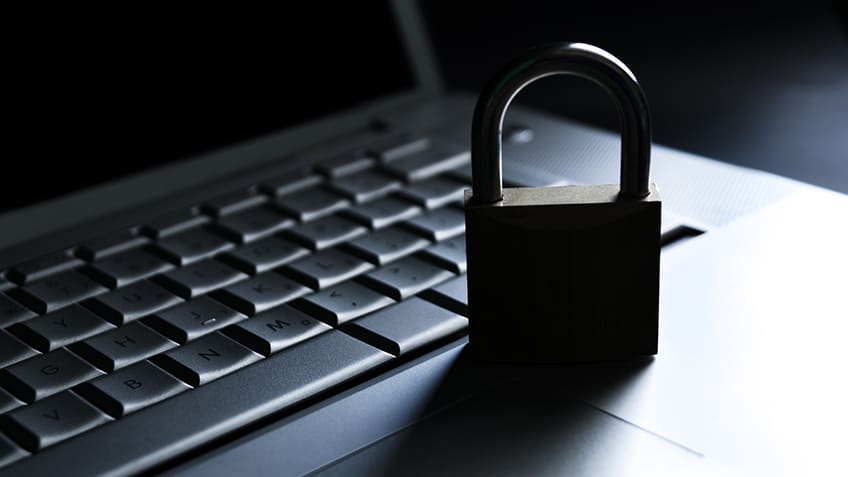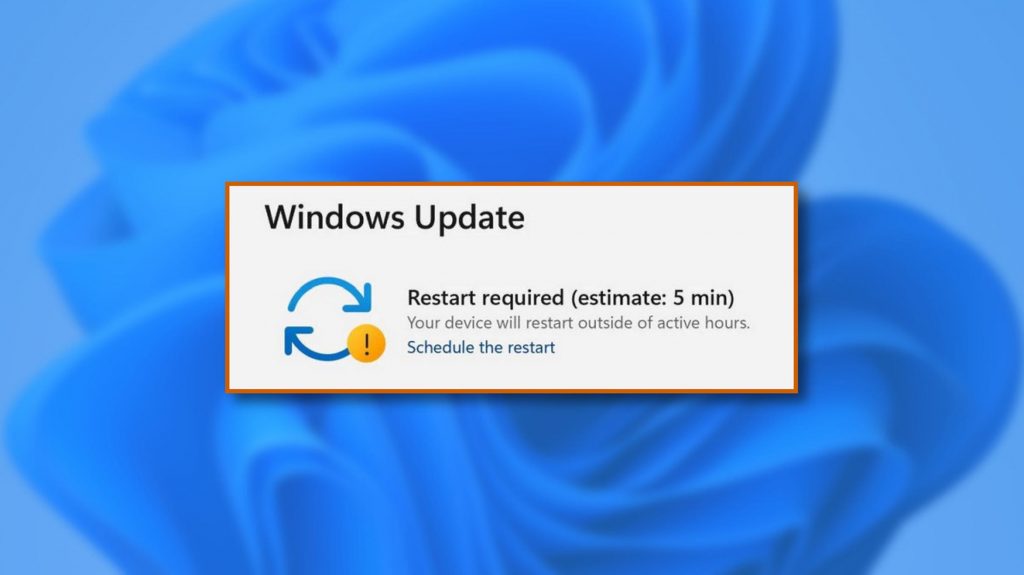In the era of the internet, everyone is vulnerable-Whether you are a multinational company or just an ordinary individual surfing internet in a cafe. These Cyber-criminals don’t respect boundaries. But what makes us an easy target for them? It’s our very own negligence! Unknowingly, we are the ones who let them in to bombard us with their malicious activities. You might be curious how you are the very source of these attacks? Let’s explain!
Suppose you are a cyber-criminal who wants to release a virus or carry out phishing, who would you target? A computer that is protected by layers of security protocol or a PC that is comparatively unprotected?

So you see, you consciously or unconsciously commit various security blunders that open doors for these criminals to carry out any security breach.
Now you know why your computer catches malware infections so often. Here we are putting down some of the most common security mistakes that you usually make and as a computer user you need to be aware of them.
Also Read: How To Remove Spyware On Mac?
Avoiding Updates
If you keep ignoring the “New Software Update Available” pop-up on your screen, you are committing a very serious blunder. Software releases such as Automatic Windows Update and other updates for software such as PDF viewer are provided to cover up any security loopholes in the previous release.
Software testers keep looking for any security flaw in the software that can be exploited by hackers to carry out cyber attacks. These loopholes are then corrected and new versions with fixed patches are released.
So installing these updates reinforce the security of your system which could have been an entry point for those hackers.
Not enabling 2-factor Authentication
If you log into your accounts by just entering your username and password, your account has a high risk of been hacked. Do not rely just on passwords. Make sure to enable the two-factor authentication which adds an extra step in the login process. 2FA makes sure that only the authentic user is able to access the user account.

When you enable 2FA in your account, initially you have to enter your username and password as before. Then instead of gaining access, you will have to enter some additional information also. This can be a verification code sent to you via text message or your fingerprint. So if someone tries to break into your account he will have to prove his authenticity.
Read: Best Mac Antivirus Protection Software in 2021
No User Account Control Enabled
“User Account Control” protects your system by alerting you when any software or program wants to change your Windows settings especially if that software wants to access the administrative privileges. This UAC automatically prompts the admin for their consent if a program wants to make any changes.
If the user access control is disabled, you will not be warned if any program whether legitimate or malicious like malware makes any changes to the windows in the background.
Read: Tips to Keep Your Kids Safe on the Internet
Using HTTP Websites
The websites that use HTTP protocol do not encrypt the incoming and outgoing data which can be read by any third party during attacks such as man-in-the-middle. So now you should make sure to use only websites that have an HTTPS certificate.
The information and data on an HTTPS website are encrypted using Server Socket Layer. The SSL establishes a secure connection between your web browser and the web servers. Any data such as credit card details are completely safe on this website. A website with SSL certification has a lock icon near the URL in the address bar which indicates that a secured connection is established.
Read: Samsung Galaxy Watch 4 Series Unpacked Today
Using pirated software
Do you have a reputation for using the pirated copies of software such as Adobe, Office, and others? While Software Piracy is illegal, you also expose your system to innumerable threats.
This pirated software is downloaded from dangerous websites that deploy social engineering. They can easily infect your computer with malware such as bots, adware, viruses. When you install the software the malicious software hidden with the software steals your personal information from your system.
A report suggested that in 2020, over 500,000 devices were infected by malicious software by using just one pirated application.
Read: How To Keep Your PC Safe When Working Remotely
Not Using Antivirus Software
This is the most essential of all the mistakes. If you do not use any good antivirus to protect your system, you are making the biggest mistake. Always use anti-virus software for your system. A good quality antivirus acts as your shield against computer viruses or other malware that can pose a threat to your PC.

It is always active in the background to detect, prevent and take action against any threat that can damage your computer. For instance, if you unknowingly click on any link or want to download an attachment that is potentially dangerous, an antivirus will come forward to inform you about the threat.
Conclusion
The above points might have shocked you! A very common habit such as avoiding the software update can make your system vulnerable to malware attacks. You should avoid these mistakes and not leave any loopholes that can let hackers break in and exploit you.

























![The Apex Legends Digital Issue Is Now Live! Apex Legends - Change Audio Language Without Changing Text [Guide]](https://www.hawkdive.com/media/5-Basic-Tips-To-Get-Better-On-Apex-Legends-1-218x150.jpg)







